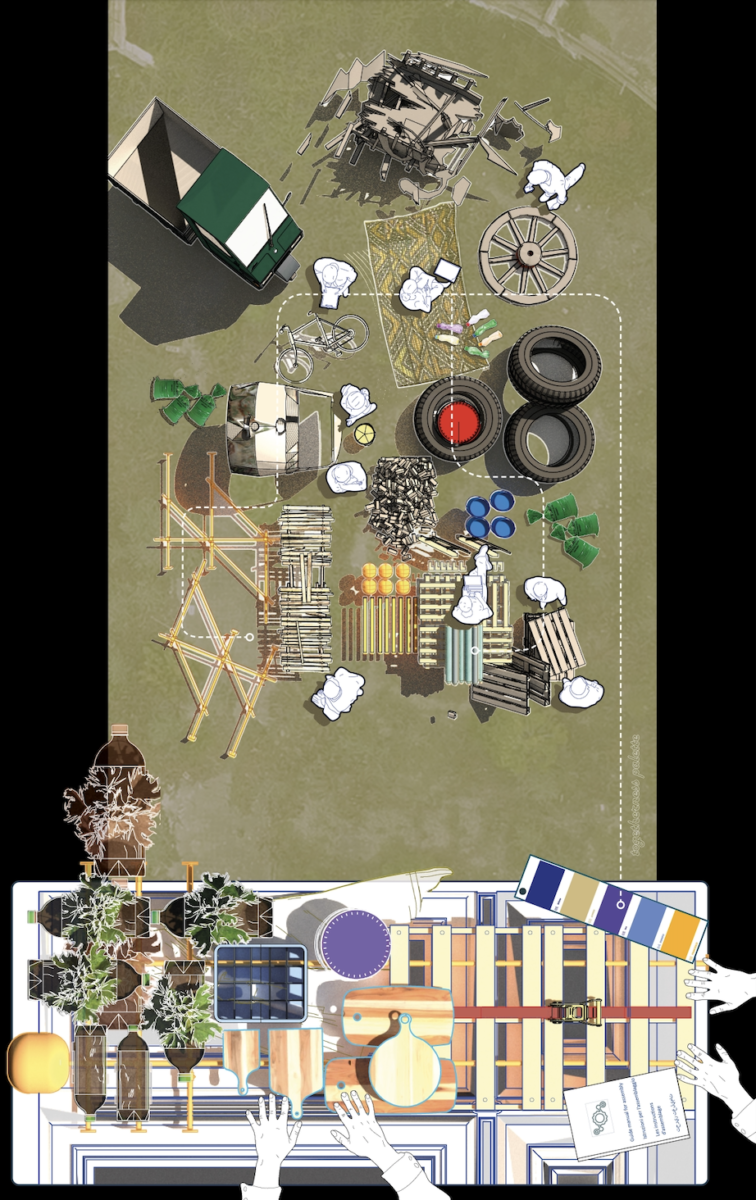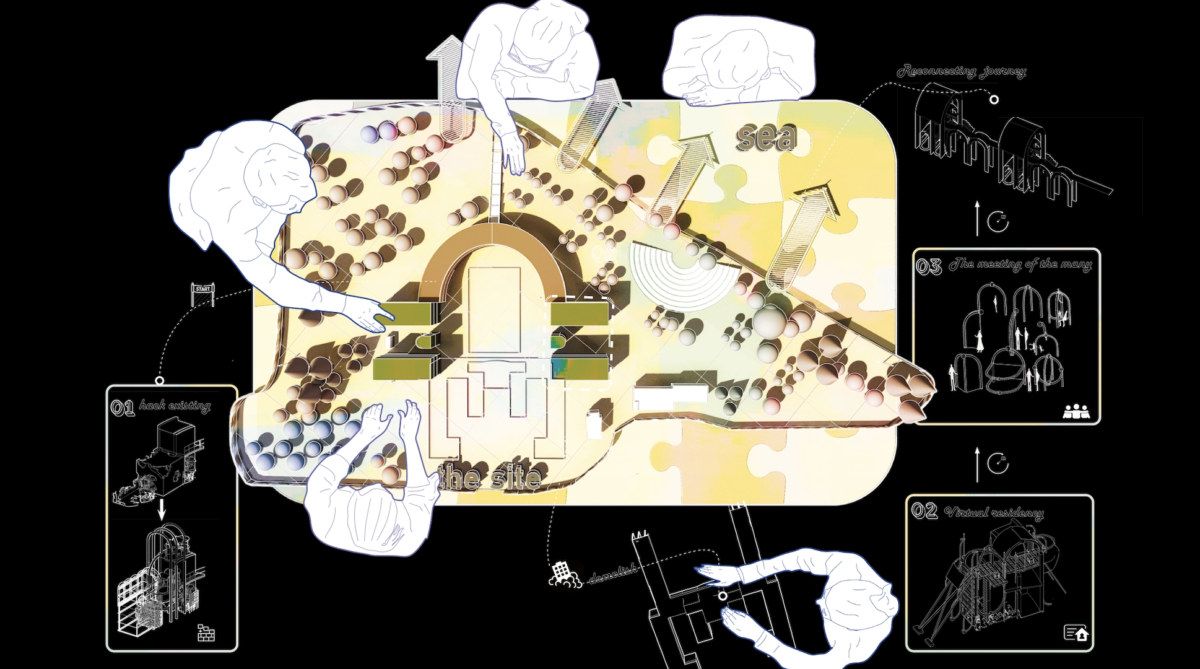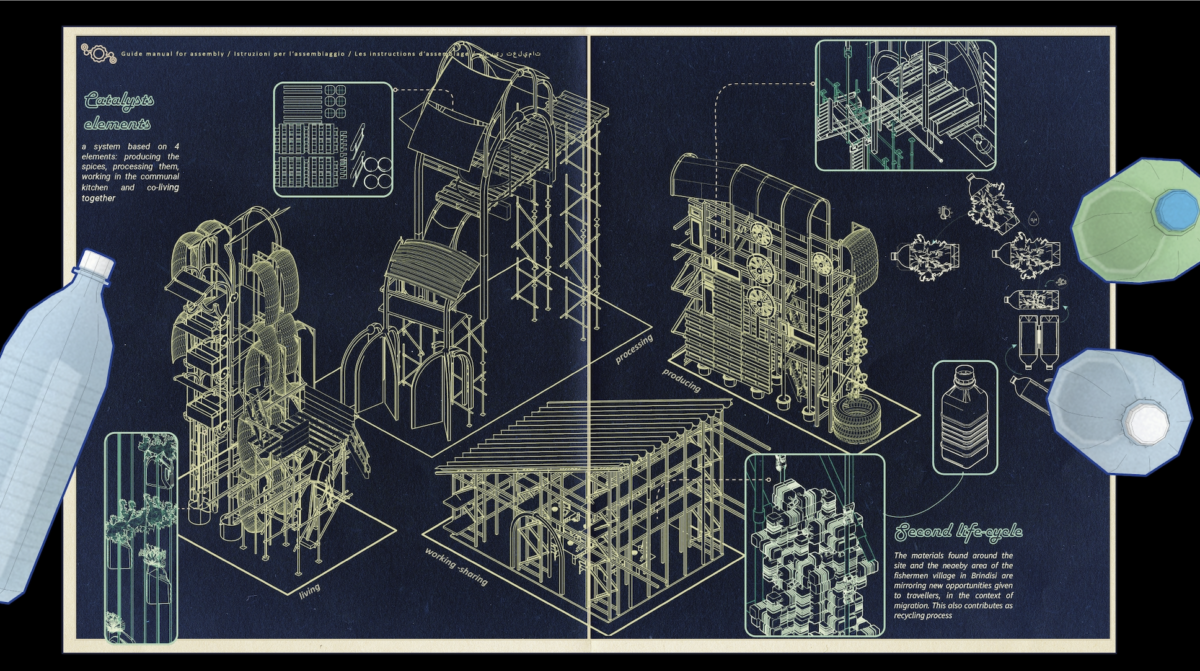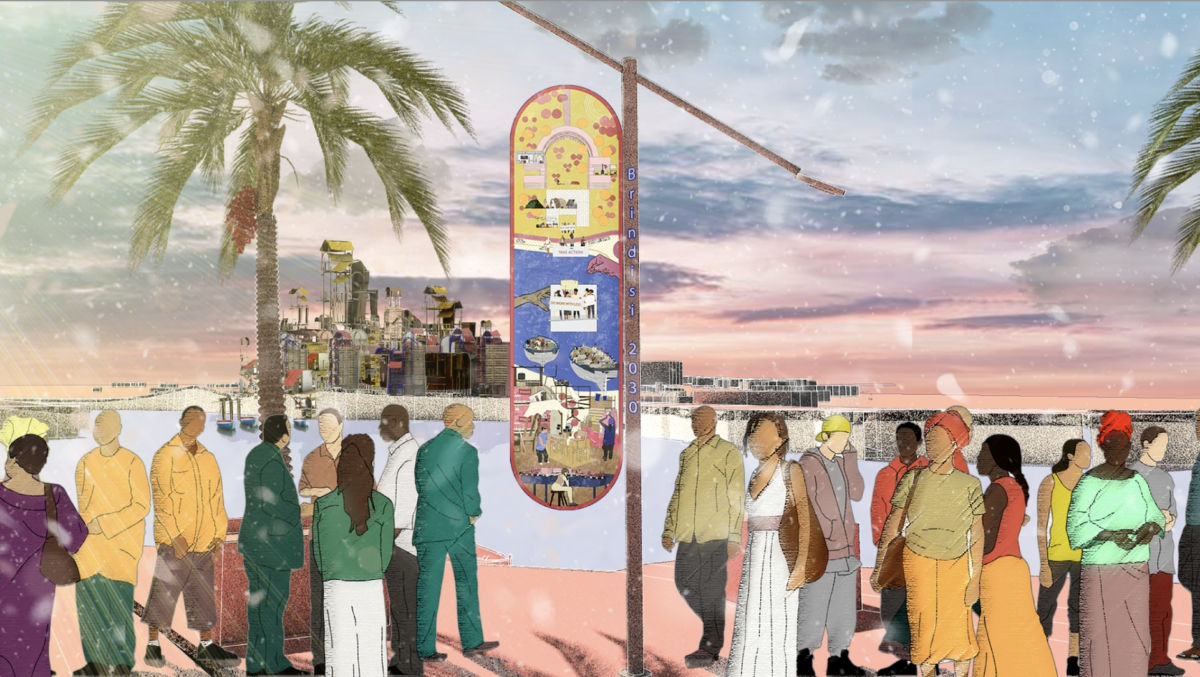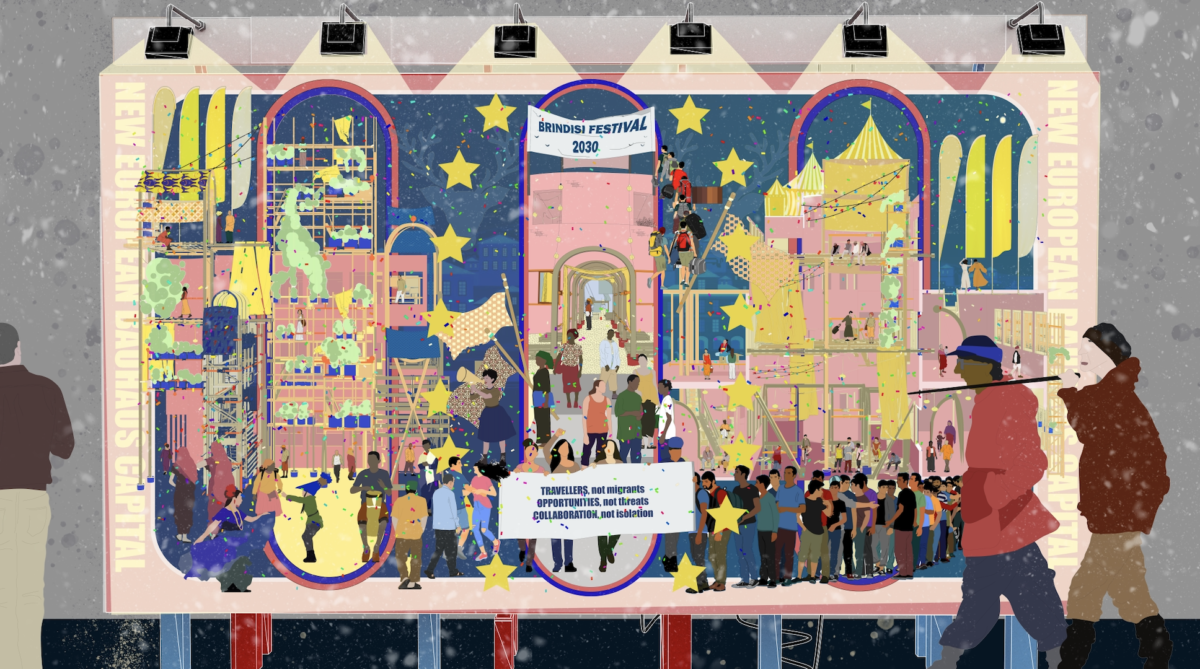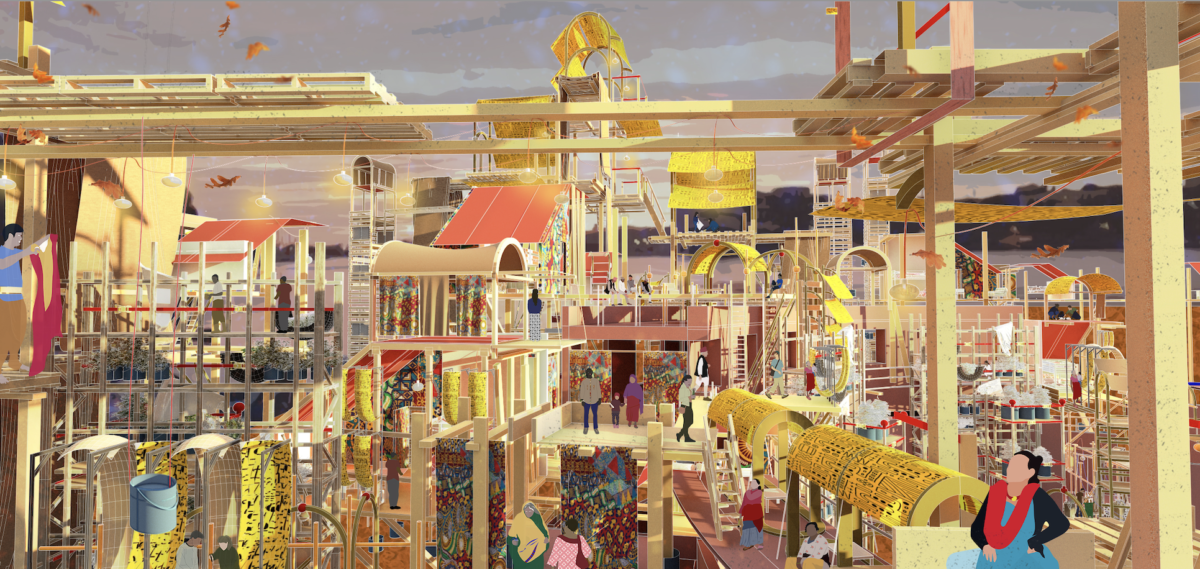

Collegio Reborn
The project, Collegio Reborn, looks at a new way of using collectives of materials that, through up-cycling systems, can mirror the interaction of different groups of individuals with the hosting The project, Collegio Reborn, looks at a new way of using collectives of materials that, through up-cycling systems, can mirror the interaction of different groups of individuals with the hosting territory. The project also investigates the new role of the architect as a mediator among different entities and authorities, done through phases. The engagement with community latches upon participatory tools, eventually associated with individuals’ specialism. The second phase focuses on the making and self-building aspect that integrates parts of the existing building with new living components. The third phase is a social act led by the community, preserving the independence as well as the collaborative spirit of the different groups coexisting and working in the makers’ hub as well as in the communal kitchen. Indeed, Collegio Reborn uses the city of Brindisi to revitalise a neglected part of the city – offering an opportunity for a collective rebirth, not always peaceful and rather tumultuous. Owing to the above, the city of Brindisi becomes the future New European Bauhaus capital, as its scheme best represent the key points of the movement: inclusivity, environmental benefits and a new collective design approach.
